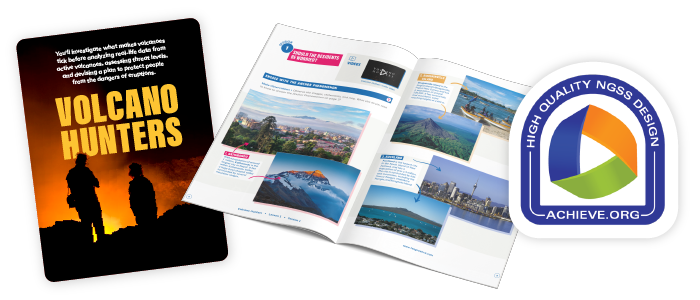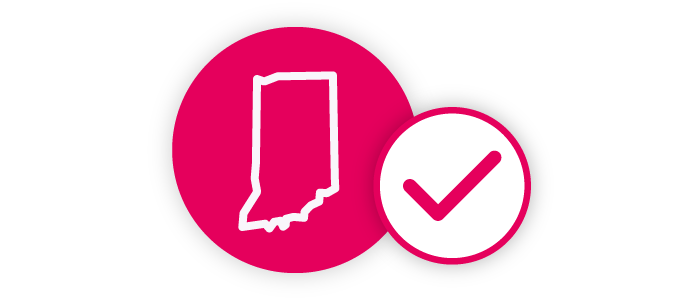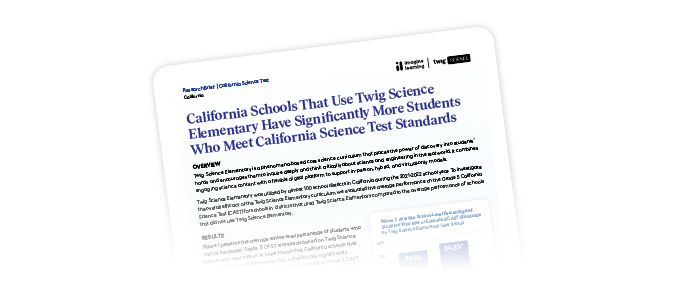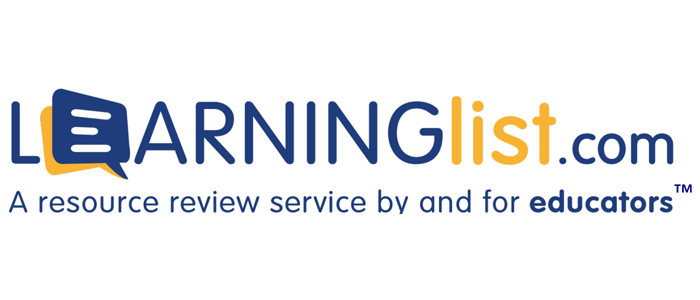May 21, 2024 9:05 am
Driving Student Inquiry
Teachers spend a lot of their own time finding the right resources to connect with every student. We know it’s a time-consuming task, especially with everything else on their plates. High-quality instructional materials (HQIM) lighten the load, helping ensure consistent, engaging lessons while giving teachers back some much-needed time.
High-Quality Instructional Materials in Traverse
What Are HQIM?
There’s no doubt that effective teaching is incredibly important for student outcomes. According to RAND, educators have the highest impact on student achievement compared to “any other aspects of schooling.” But over the last decade, a growing body of research has also linked positive student outcomes to HQIM.
But what are HQIM? Generally, HQIM are recognized as materials that are aligned to state standards and include evidence-based strategies, inclusive practices, and embedded teacher support.
The Impact of HQIM in Social Studies
With the criteria for identifying HQIM within social studies only recently defined, the challenges related to a lack of such materials are particularly apparent. Compared to disciplines such as science, math, and ELA, social studies has been severely undervalued and underfunded — creating a deep-rooted problem. Without solid state- and local-level infrastructure for social studies, teachers have largely been left to their own devices, essentially building their own curriculum. The Fordham Institute reports that up to 79% of social studies teachers find instructional materials from various sources online or create their own — with only 16% using a state-issued textbook.
While there’s no doubt that teachers — and the expertise they bring — are essential to positive learning outcomes, curriculum materials also matter. Study after study supports that HQIM benefit both students and teachers. Think about it, a great chef still needs quality ingredients — and providing teachers with well-structured, standards-aligned materials enables them to spend more time engaging with their students and providing customized learning experiences, ultimately leading to better outcomes.
How Does Traverse Meet Key HQIM Criteria?
Definitions of HQIM vary, but at their core they share vital components. At Imagine Learning, all of our core programs are designed to deliver key benchmarks for HQIM.
1. Standards-Aligned Content
The C3 (College, Career, and Civic Life) Framework, introduced by the National Council for the Social Studies (NCSS), created a shift in social studies instruction. With an emphasis on inquiry-based learning and the development of critical thinking, the C3 Framework prioritizes deeper understanding and application of skills — empowering students to become active participants in their learning.
Traverse maximizes student learning through content aligned to the C3 Framework and state standards, with reading, inquiry, and research skills woven into and revisited throughout the curriculum. The result? A standards-aligned program that empowers teachers to approach instruction with confidence.
2. Best-Practice Pedagogy
Traverse is built on a unique instructional model driven by inquiry — as emphasized in the C3 Framework — with inquiry tasks developed in collaboration with renowned educators Kathy Swan and Sam Wineburg. This approach empowers students to use their curiosity as fuel for critical thinking and problem-solving and encourages them to actively engage in the learning process.
3. Equity and Inclusion
Every classroom is unique and every student has the right to thrive and feel represented in their learning materials. That’s why Traverse was designed to support differentiation and help create an equitable learning environment, with:
4. Teacher and Student Experience
Traverse is a modern social studies curriculum designed for flexible implementation, with powerful customization features and tools to support teachers and students. Its dynamic and responsive learning experiences reflect the needs of the post-pandemic classroom — built to engage today’s students through a variety of high-quality resources:
5. Measuring Student Learning
Assessment is an integral part of effective instruction — it enables teachers to ascertain whether goals are being met and whether it is necessary to remediate instruction. Traverse features a robust assessment cycle — including formative and summative assessments — and embedded real-time data provide multiple opportunities to monitor student progress.
6. Professional Learning
HQIM alone aren’t enough to improve student outcomes. Teachers need to feel supported in using and delivering the materials through robust teacher support and by participating in ongoing, personalized professional learning.
Teacher Support
Traverse’s digital platform offers comprehensive teacher support, designed to be at point of use and chunked into sections for ease of use. These include:
Implementation Support
Traverse partners with districts to ensure teachers utilize the program in the most effective way. These inquiry-based sessions can be delivered in-person, online, synchronously, or asynchronously, and are designed to be collaborative.







